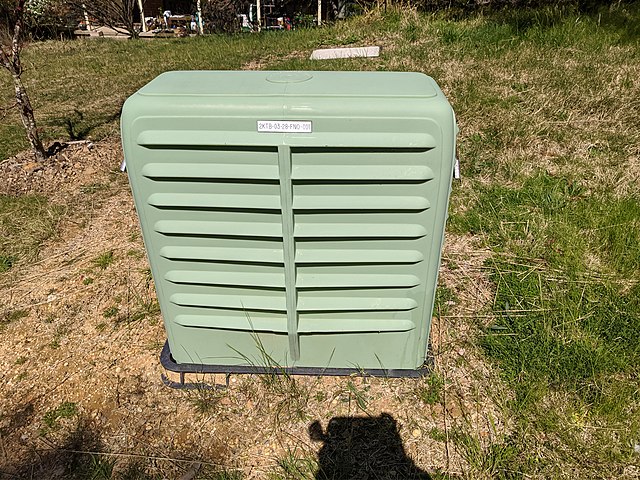- NBN offers various connection technologies: Fibre-to-the-Node (FTTN), Fibre to the Building/Basement (FTTB), Hybrid Fibre Coaxial (HFC), and Fibre-to-the-Premises (FTTP).
- FTTN involves a fixed-line connection where the fibre is close to your home or office, with a node serving as the connection point.
- To find your area's NBN node location, you need to know about FTTN technology and search online for the node in your vicinity.

NBN offers various connection types like Fibre-to-the-Node (FTTN), Fibre to the Building/Basement (FTTB), Hybrid Fibre Coaxial (HFC), and Fibre-to-the-Premises (FTTP).
FTTN is a fixed-line connection where the fibre is near your location, connecting to your home through existing copper wiring.
If you're connected to the NBN through an FTTN connection, then the distance to your home's nearest node can impact performance.
How to find your NBN node
Unfortunately, there is no easy way to find your NBN node location, and there is no easily available source for NBN node locations online with an NBN node map. Even if you know how to find the nearest NBN node, there's no clear information about which one your home is connected to.
In the past, you could use nationalmap.gov.au to locate nearby nodes, but this data is no longer accessible. Instead, you may need to manually search for your NBN node location. You can head to Google Maps to do this and view your area to see if you can locate it. It should look like this:
 |
 |
| NBN FTTN Cabinet | NBN micro-node for FTTN |
|---|
Image source: commons.wikimedia.org
NBN FTTN alternatives
Looking for alternatives to NBN's FTTN technology? Some argue that FTTN, relying on copper networks, may not be as future-proof due to potential maintenance costs and suboptimal internet signals.
If FTTN isn't meeting your needs, consider a 5G home Internet plan as a viable alternative, offering comparable speeds to NBN if you have strong signal coverage.
However, 5G coverage in Australia is not as extensive as the NBN. Meanwhile, 4G Wireless Broadband Plans continue to be a reliable option for many Australians.
These plans are priced slightly lower than fixed-line connections. However, wireless technology may be more susceptible to factors like weather and environmental conditions, which can impact 5G signal strength and slow your Internet. Even dust and dirt can disrupt the signal.
If you're unsatisfied with FTTN speeds, consider other alternatives. Contact your service provider for more information on available options.
NBN Co is continuously enhancing the network to provide fast and reliable Internet. Visit their website or contact your provider to stay updated on the latest NBN plans and technologies in your area.
Can you change NBN technology types?
In most cases, your NBN connection type is fixed based on your home's configuration. However, if you're on FTTN or FTTC, you may be able to ask NBN Co for a free upgrade to FTTP.
Getting the free FTTP upgrade isn't as simple as it sounds, and there are some important points to consider. The first is checking your eligibility for the FTTP upgrade in the first place. Eligible premises can get better NBN speeds for free; and who wouldn’t want a faster Internet without the added cost?
You can check if you're eligible for the upgrade through participating telcos or by checking your address on the NBN Co website. The steps below detail how you can get your FTTP upgrade:
- Pre-installation visit: An NBN technician may visit your home to prepare for installation and address any obstacles. This visit usually takes 45 minutes to 1.5 hours.
- Installation: An NBN technician will install the necessary equipment inside and outside your home and ensure everything is working. This appointment typically takes three to four hours, with more complex installations taking longer.
- Connection: Once the installation is complete, you'll need to connect your new NBN connection box and router. Your provider will then finalise your connection.
- Cancelling your old plan: After your new service is active, you'll need to contact your previous provider to cancel your old NBN plan. Since you're switching to a different technology type, your old plan won't be automatically cancelled.
Once you've completed these steps, you can enjoy the benefits of your new FTTP connection without worrying about your FTTN node location.
Get connected
Locating the NBN node in your area might take some effort, but it's manageable. Knowing its location can help you understand your area's speed limitations and make informed decisions when choosing or switching NBN plans.
Looking to compare NBN plans? Our friendly broadband experts at Compare Broadband are here to assist you.



